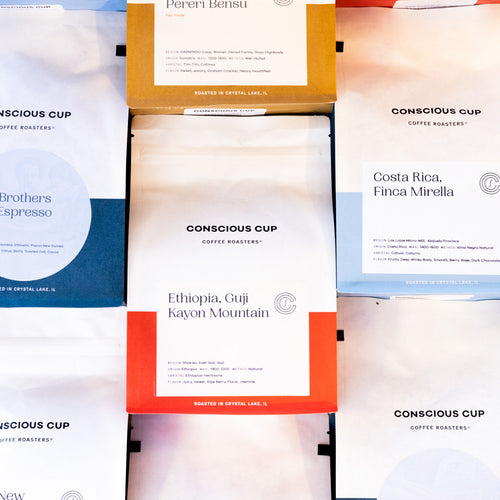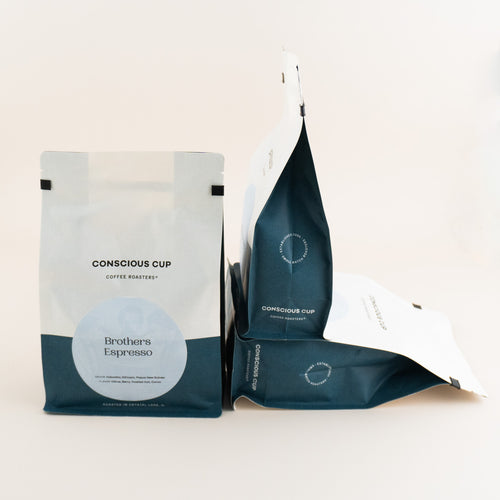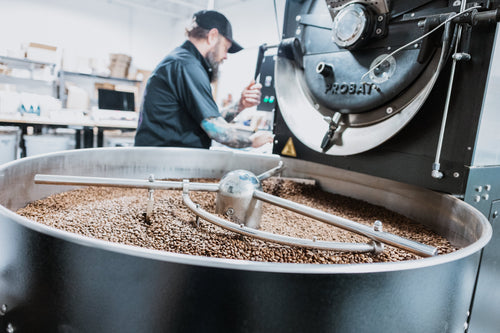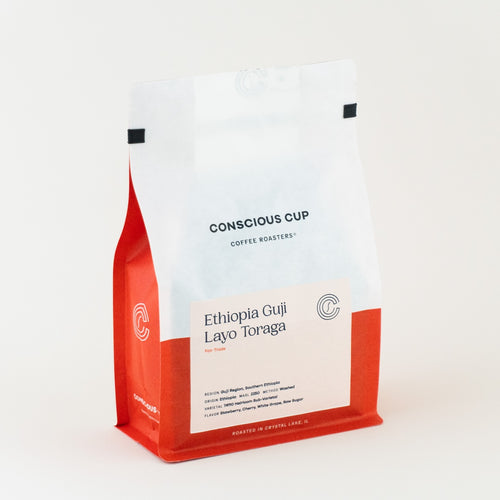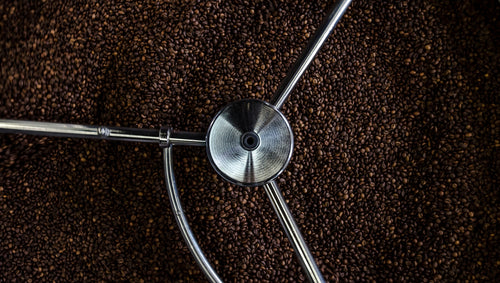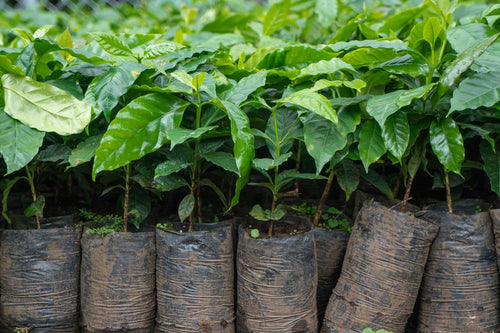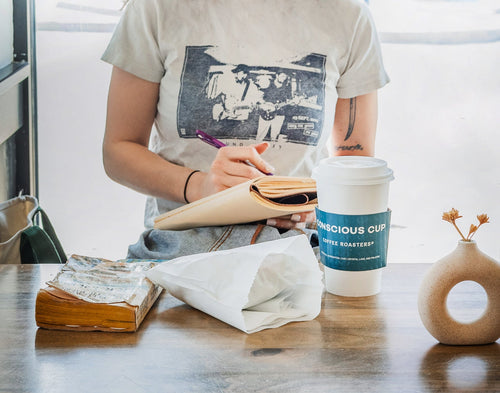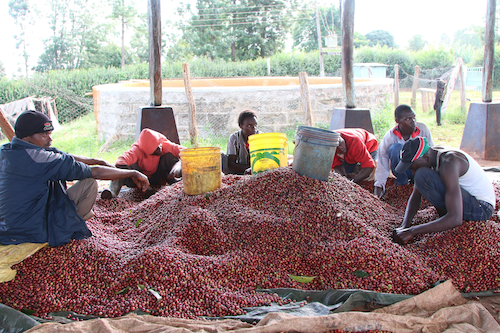Imagina que es de mañana y estás disfrutando de una taza de café. Es un placer sencillo que a menudo damos por sentado sin darnos cuenta del arduo trabajo que implica preparar una taza de café. Desde plantar los cafetos hasta tostar los granos y preparar la bebida, cada paso influye en la calidad, el aroma y el sabor del café que bebemos.

El cultivo de arbustos de café arábico de alta calidad implica varios factores, como el clima, el suelo, la altitud, el agua y los riesgos de plagas y enfermedades. La plantación requiere elegir la variedad de café adecuada, espaciar las plantas y cuidarlas con cuidado. Las plántulas tardan entre tres y cuatro años en producirse y la planta necesita un suelo bien drenado, lluvias constantes y sombra. La altitud de la plantación es crucial, ya que afecta a la dureza del grano y, por lo tanto, al sabor, la dulzura y la acidez del café.
La cosecha es un proceso que requiere mucho tiempo y trabajo, y que requiere trabajadores cualificados que recojan de forma selectiva solo las cerezas maduras del café. Los mejores trabajadores pueden recolectar de forma selectiva solo 200 libras de cerezas de café al día.

Después de la cosecha, las cerezas de café se someten a un proceso para eliminar la pulpa y la piel. El método de procesamiento afecta significativamente el perfil de sabor del café. Los dos métodos de procesamiento principales son el húmedo y el seco. El método húmedo implica separar la pulpa del grano con agua, mientras que el método seco implica secar las cerezas al sol y eliminar la pulpa. Las 200 libras de cerezas se convierten ahora en aproximadamente 64 libras de granos procesados.
El siguiente paso es clasificar y calificar los granos de café en función de su tamaño, color y calidad. El proceso puede comenzar con tamices o máquinas de clasificación, pero a menudo implica retirar los granos defectuosos (llamados "quakers") o materias extrañas con la vista y las manos atentas. Los defectos afectarán negativamente el sabor del café. La cata inicial clasifica el café por lotes para identificar defectos de sabor y aroma.

Conscious Cup recibe muestras de café de especialidad de alta calidad, que tostamos en una pequeña tostadora de muestras para identificar las características de cada café. El tostado de muestras nos ayuda a formar un perfil para tostar a escala que resaltará las mejores características del café, ya sea de mezcla o de origen único.
El tostado es el siguiente paso en el proceso de elaboración del café, en el que los granos se calientan a un tiempo y una curva de temperatura específicos para desarrollar su sabor y aroma. El tostado requiere un tostador experto que pueda controlar la temperatura, el tiempo, el flujo de aire y la velocidad del tambor para garantizar que los granos se tuesten a la perfección. Conscious Cup tuesta en lotes pequeños, lo que nos brinda el flujo de aire y la curva de temperatura larga que brinda un café completamente desarrollado, ya sea de tueste claro, medio o más oscuro.

Buscamos resaltar los sabores únicos inherentes a la naturaleza de cada café que importamos y tostamos. Nuestro proceso es sensual, utilizando el aroma, la vista y el oído durante el tueste. El primer crujido, como el de las palomitas de maíz, es un punto crítico en el tueste.
Los cafés de Conscious Cup Coffee Roasters han sido calificados de manera independiente y constante como excelentes, con 21 tostados que obtuvieron entre 90 y 95 puntos por parte de los Q Graders independientes, el equivalente a un sommelier de vinos. Nuestro reciente Kenya Kiri fue nuestro café mejor calificado con 95 puntos. Piense en estas calificaciones como si fueran vino. Dos tostados anteriores obtuvieron menciones de los 30 mejores del mundo, en 2017 y 2020.
Los gustos personales varían, así que explora nuestras ofertas. Para comenzar en casa o en el trabajo, prueba nuestro World of Coffee Flight. Consulta nuestras guías de preparación para conocer los ajustes de molienda precisos y las proporciones de café y agua para los diferentes métodos de preparación. Ofrecemos recetas de cafetería y lecciones para café vertido, Aeropress, prensa francesa y espresso. También ofrecemos recetas adaptadas de nuestra preparación de cafetería a cafeteras de goteo para el hogar. Comienza con nuestras proporciones recomendadas y luego ajústalas a tu gusto.
Ya sea que esté en casa, en el trabajo o viajando, queremos que el café o el espresso en su taza sea digno de saborear.
